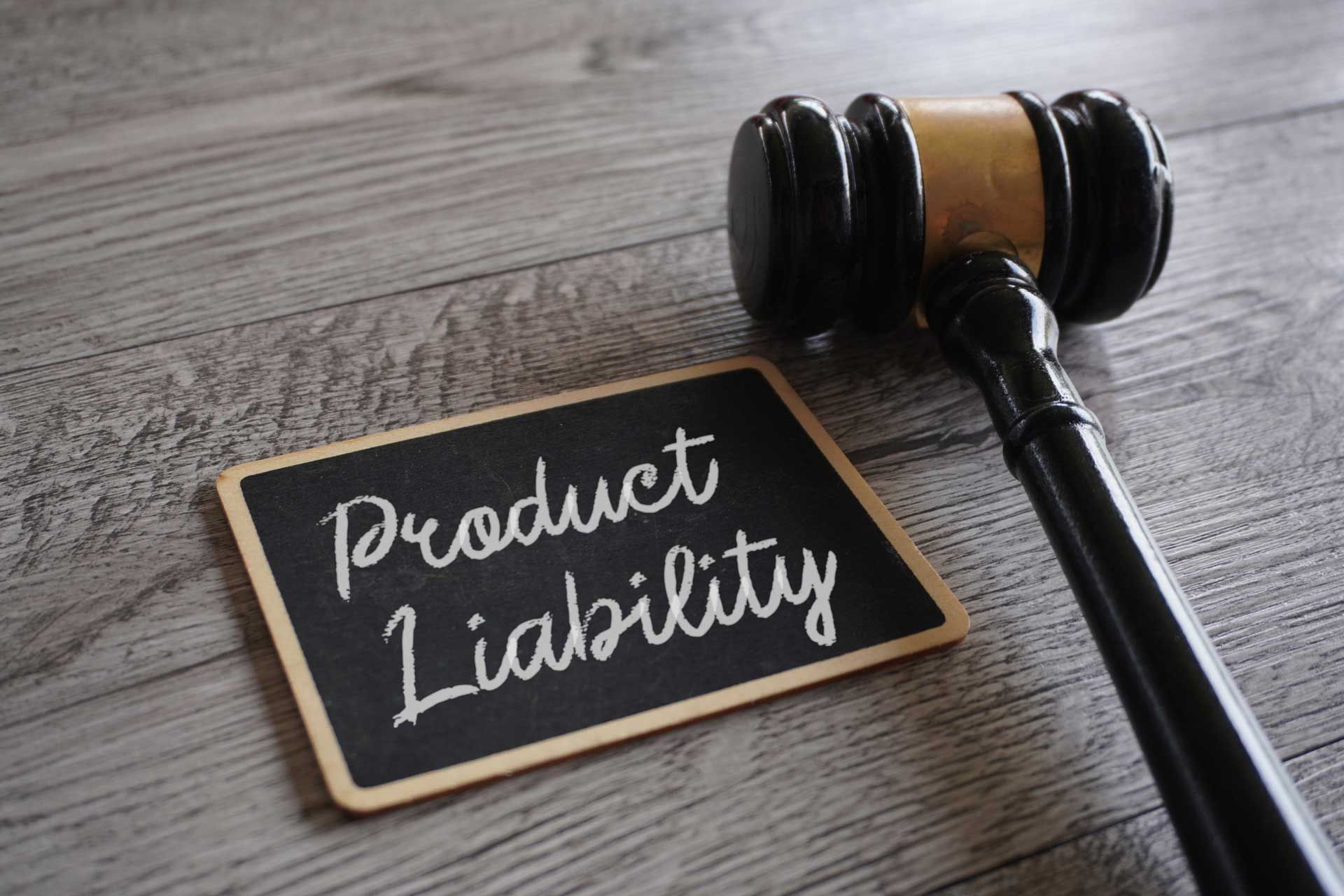12 Ways Venture Funding Gets Angel Deals Done
Angel Deals: The Venture Capital Pipeline
Angel Deals come together in many shapes and forms. In this article, we provide an overview of many of the ways Landmark Advisors has helped companies find investment capital in the past. Below you can find 12 lanes for venture funding to help angel deals get the capital they need, and some thoughts on how relationships can develop with each. Please note, these methods assume a hypothetical situation where some money has already been raised from friends, family and founders. So we are now examining situations where additional capital is going to be necessary to keep the company moving ahead, so it is typical of what’s known as a Seed Round, or possibly Series A.
There are two absolute constants in finding investors: hard work and hope. Of course planning, strategy, marketing, team building, etc., are all involved, but when it comes down to your ultimate success, you will always have to work hard, and truly, you have to believe that the capital you need is around a corner. It may not be the next corner, but if you keep seeking, it will eventually be there.
Angel Investing Gifts
This is why we start with Unsuspected Angels, Secret Investors and even prayer. You will find the right investors because you are truly in the right place, business wise, at the right time, and of course, because you’re doing the right things. So we walk through these twelve avenues of opportunity for the least work on the company’s end toward the most. This isn’t linear, nor is it absolutely chronological, but be sure you can find plenty of startups who’ve walked through each one of these means of raising money until they finally reached their goal, and when they did, it likely followed a path similar to the outline of this article.
The Unsuspected Angel
What’s amazing with this type of funder is that the company s/he funds was probably working very hard and growing well organically before she got here. So you might ask, if that is the case, how does this type of funder even get involved with the company. There are many possibilities. Often, it’s a long time customer who just decides s/he believes in the business and wants to see it grow. It could be a strategic buyer in the same vertical as the company, but one who isn’t ready or has no expectation of actually buying the company out.
Another possibility is that it is friends or family who have watched the struggles an owner has gone through and sees the opportunity if the company just has enough capital to move ahead. The bottom line is hard work pays off. Stay focused on what you do well, and you don’t know who is already in your circle who might help.
Angels Who Find You
Similarly, there may be investors watching your work you don’t even know exist. The only difference between this category and the last is that, while you probably don’t know who these people are at present, they are keeping tabs on you nonetheless. Here’s an example: an investor in Florida has seen the work you’ve done developing new software code. They know about you because through industry publications. They don’t have a specific need for your product themselves, but they see the interest it generates and know it could go somewhere with the right capitalization. They reach out to you and now you have an opportunity you never thought existed.
Ask, Seek and Knock: The Founder’s Prayer
While this is not the specific subject matter of this article, actually it’s not even a category of investor as titled, in the future we will share stories of many people who have found their investors when their primary search tool had been nothing but hope and prayer. Granted, these are mostly smaller deals, but they are funded deals that became highly successful businesses once they had enough money to get off the ground. But don’t take for granted that your hopes and dreams themselves are entirely valid, and the right investor for you might be someone you could not even imagine would connect the dots. It happens more than you might think.
The Work of Fundraising
These first three categories are all categories that connect you to investors who find you rather than you finding them. If investors find you, you probably don’t need help. But in order to find investors yourself, you need some direction on how and where to find them. Here are the best categories Landmark Advisors has found from years of involvement with angel networks and investors and some ideas on how to build relationships with them.
Research Park Investors
If it’s not obvious, this category largely consists of investors in science and engineering startups. The innovation that’s come from this realm in the last generation is staggering. Normally, they are housed on the periphery of major university campuses. “College suburbs” some have called them. So many bioscience and engineering innovators have gained their start in these veritable incubator/accelerators of high tech startups, there seems to be an overabundance of wealth to go around.
One problem though is the competition has become incredibly stiff for these investors. Another is that the attraction and reach of research parks has become so ubiquitous that it’s hard to simply identify who a research park investor is today. They come in many different shapes and sizes from: institutional equity investment funds, corporate partners, private grant makers, governmental or quasi-governmental entities, on campus accelerator funders, venture focused funds, collaborative researchers and individual angels. In future articles, we will dive deeper into each category of investor and help you understand how to approach and raise money from them.
For today, we’re focused more on the “how” of getting to the investment funding you need than on the “who”, so even though a big part of what we’re examining necessarily involves the issue of who it is you’re seeking investment from, we’re looking at how you get to them for the moment.
The Grantmaker
Groups like the Local Initiative Support Corporation (LISC) take their from their pool of combined public and private resources, work with private partners to get capital deployed into local communities and businesses. While there is a lot of work in going through the process of obtaining a grant, the process helps the grantee to build a system of internal control and accountability that develops better long term business practices.
The Team Approach
The concept of a team approach focuses on the outbound effort more than the ultimate target investor. It depends on building a great team internally first, then going to the wider universe of potential investors. When you have a great team of officers and directors on your side, you can financially reward them with an ever increasing internal capitalization of the company, hence increasing equity value. Once you reach outside the internal team for support, as success will demand of you, you will have to pay for service as you go, so it’s very wise to leverage the internal team however you can in order to get as far as you can before you have to go out-of-pocket to pay finders, lawyers and/or brokers.
The Pitch Session
Pitch sessions have dominated the venture capital “ask” world for the past decade or so. Ultimately, all pitch sessions have the elements of The Shark Tank: an innovator presents a short pitch to a group of qualified potential investors, the investors bombard the innovator with questions and make decisions on whether to invest in their product. But then again, most pitch sessions are not televised to an audience of millions, and they also tend to be a beginning rather than a closed end opportunity.
The beauty of the more provincial pitch sessions, held by incubators, accelerators, tech hubs, etc., to connect startups with potential investors, but also to gain collaborative opportunities and enhance exposure to investors. As we develop the Angel Deals platform further, one of our goals is to create pitch related opportunities in many different places to help more startups gain great access both to angel investors and collaborators over time.
Roll Up Your Sleeves
You have a “rolodex”, an email list. Take it for what it’s worth. Of course, you don’t likely want to start by sending a blast email to all of them, but to conduct a “quiet phase” of fundraising where the only people who know that you are actively fundraising are the ones you make direct contact with, by phone or in person. After you’ve reached conclusions about how likely you are to get money from your highest dollar investors, it’s time to go back to the email list and start asking everyone else to consider an investment with you, or at least help identify anyone who’s a good candidate.
Targeted Angels
The next level of pursuit for angel investment is to map out a plan for targeting angel investments and reach out to them by levels of priority. Since we discuss similar approaches, the distinguishing characteristics of targeted angels are the sources where you find them. There is an abundance of angel investor networks, many of which are now online. You can develop carefully tailored search criteria to identify the right targets for investment with you. The other sources available for targeting investors are those that list deals, like yours, that have already been funded thanks to other angel investors. Your job is to find out if they continue to have the appetite for a similar angel deal.
Not Quite Cold Calling
Outside your current set of contacts, there is a wide world of potential investors. This is very much like targeting investors, except that now we are talking about people who haven’t self-identified as investors themselves. The best bets here, are companies in your vertical that may even become a buyer of your company at some point, but need to see you generating earnings first. This can be a great way to set the stage for negotiating a deal for a future buyer if you show them how well you run the company and how much it can earn.
Investment Bankers’ Network
If you’re still short of your goal, there are plenty of investment bankers with incredible access to institutional and individual capital. There is a cost, of course, to choosing this route, and it is frequently quite expensive. Many times the investment banker has required due diligence that must be done before he can engage in fundraising activity on your behalf, and the costs involved in getting that diligence completed can be extraordinary.
The Angel Finder
The place we finish is actually the place you probably should have started. Consider the time, energy, cost, failure and remaining unfunded portion of the project you still have. But if you work with an experienced Angel and VC Finder to bring investors to you, you will short cut the process considerably and it will lead to quicker, more efficient success. Again, there is a cost to make this choice. Finders cannot be compensated the same way investment bankers are. Case law interpreting existing SEC rules prohibits finders from being compensated directly as a broker, i.e. purely with a commission or success fee. The SEC has, however, proposed a rule that would allow for this type of compensation for finders, which would be great news for startups. Landmark Legal Services will be monitoring the progress of approval of this proposed rule.
Conclusion
There are truly many, many ways you can find and attract venture capital for Angel Deals. But it is a maze that has many pitfalls, obstacles and risks along the way. A great place to start is to contact Landmark Advisors and schedule a time for a consultation on the best way for you to succeed in your raise.



